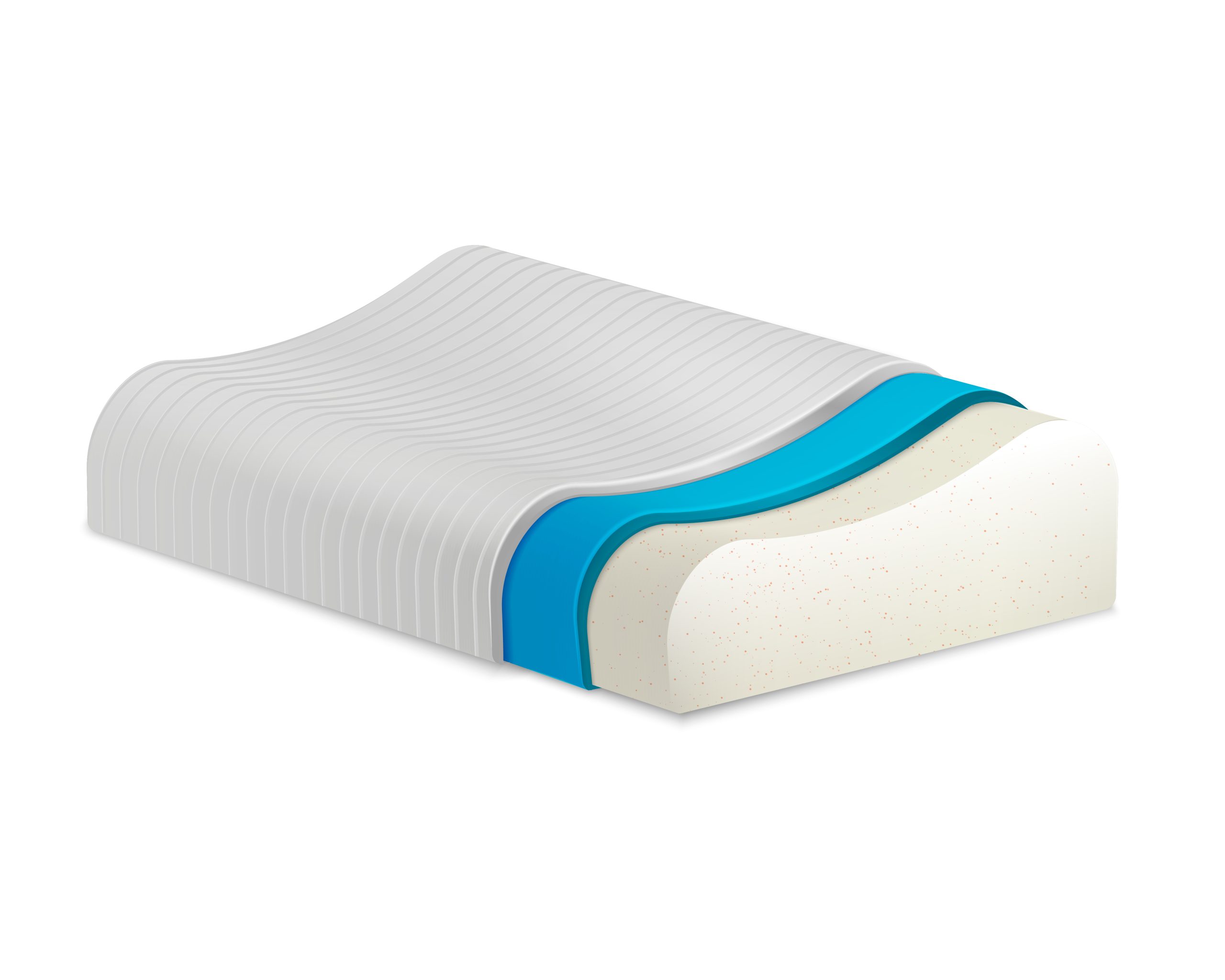
A cervical pillow is often recommended for individuals with neck pain, stiffness, or poor posture. Designed to support the natural curvature of the cervical spine, it can provide relief and promote better sleep quality. However, many users don’t experience the full benefits due to simple mistakes in usage or care. Understanding and avoiding these common errors can significantly improve your pillow’s effectiveness and overall spinal health.
One of the most frequent issues arises when users select an orthopedic neck pillow without considering the proper size or material for their needs. While the intention is to relieve discomfort, the wrong choice can exacerbate pain and lead to disturbed sleep. Incorporating a cervical pillow into your sleep routine is a positive step, but it’s essential to use it correctly to enjoy long-term benefits.
Surprisingly, many people who invest in sleep aids tend to neglect posture-related products for the rest of the body. For instance, while focusing on the neck, they may ignore their sitting posture, which can impact spinal alignment during the day. Devices like a coccyx cushion seat complement the benefits of a neck pillow by supporting the lower back and tailbone during long hours of sitting. When both neck and lower spine are adequately supported, the chances of recurring pain are significantly reduced.
Choosing the Wrong Pillow Height
Not all orthopedic neck pillows are created equal. One of the most overlooked aspects is height or loft. The pillow’s height should be appropriate for your sleeping position; side sleepers typically require more height than back sleepers. Using a pillow that is too high or too flat can cause unnatural neck bending, leading to discomfort and misalignment. Always check the product specifications and consult a physiotherapist or orthopedic specialist for guidance.
Using the Pillow Incorrectly
A common mistake is not positioning the pillow correctly. Neck support pillows often have a contoured design, with a deeper curve to cradle the neck and a flatter side for the head. The contour loses function if the pillow is flipped or used sideways. Users must ensure that the deeper contour supports the neck’s curve while the head rests on the flatter section. This alignment is crucial to prevent the neck from tilting during sleep.
Expecting Instant Results
Like many therapeutic tools, orthopedic neck pillows take time to show their full benefits. Some users expect overnight relief and abandon the pillow too soon if they don’t experience immediate comfort. It’s essential to give your body time to adjust. Minor discomfort in the first few nights is common as your spine and neck adapt to better alignment. Consistency is key. Use the pillow regularly and give it a fair trial period of at least two weeks.
Using Worn-Out or Poor-Quality Pillows
Materials matter. Some people continue using orthopedic pillows for the neck long after the foam or memory material has lost its supportive properties. A worn-out pillow fails to maintain its shape and doesn’t offer adequate support. Additionally, cheaply made pillows may not provide the ergonomic design needed to relieve pressure on the cervical spine. Invest in a high-quality, medical-grade product with good durability. Regularly check for signs of flattening or loss of elasticity and replace the pillow when necessary.
Ignoring Sleep Position
Your sleep position can significantly influence how effective a cervical pillow is. Side sleepers should ensure their neck remains level with the rest of their spine. Back sleepers should avoid pushing their chin toward their chest. A neck support pillow helps in these scenarios only if used correctly in conjunction with the correct posture. Stomach sleepers may find the pillows uncomfortable, as this position inherently strains the neck. Transitioning to a side or back position is advisable for maximum benefit.
Not Cleaning the Pillow Properly
Hygiene plays a role in both comfort and health. Many users overlook regular cleaning of their pillows. Sweat, skin oils, and dust mites can accumulate over time, affecting the surface and potentially triggering allergies. Most orthopedic pillows for the neck come with removable, washable covers; these should be cleaned at least once every 1-2 weeks. The pillow core should also be checked for cleaning instructions, as improper washing can degrade the foam or memory material. Use gentle detergents and allow the pillow to dry completely before reuse.
Overlooking Other Sleep Factors
A neck support pillow alone cannot fix all sleep-related issues. Mattress firmness, sleep duration, room temperature, and nighttime habits like screen exposure also play critical roles in sleep quality and spinal health. If you’re using a therapeutic pillow but still experiencing discomfort, consider evaluating other aspects of your sleep environment. Combine the pillow with a well-aligned mattress, practice a calming bedtime routine, and minimize distractions to benefit from its full use.
Final Thoughts
An orthopedic pillow for the neck can be a transformative tool for individuals suffering from neck and upper spine issues. However, its effectiveness depends heavily on correct usage, proper care, and a comprehensive approach to spinal health. Avoiding these common mistakes ensures that your investment pays off through better sleep, reduced pain, and improved posture.
By understanding your unique needs and using the pillow as intended, you give your body the support it requires to rest, recover, and function optimally throughout the day.


